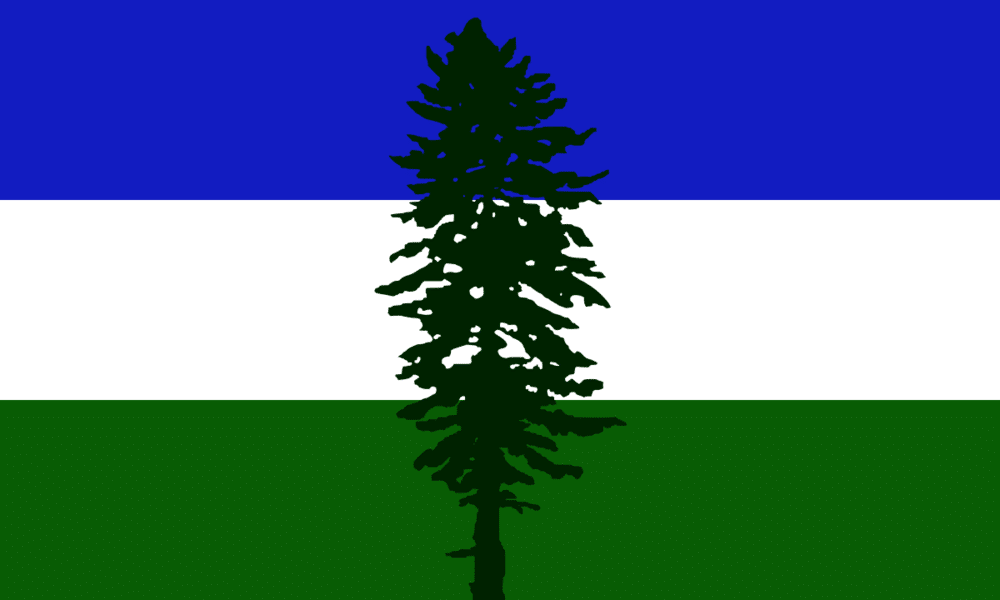About Cascadia
Stretching for more than 2500 along the Pacific Rim, the Cascadia bioregion includes British Columbia, Washington, Oregon, Idaho and parts of South East Alaska and Northern California.
The Cascadia bioregion is home to slightly more than 16 million people (16,029,520), and would have an economy generating more than 1.613147 trillion worth of goods and services annually, placing it as the worlds 9th largest economy and roughly equivalent to that of Canada or Italy. Its population would be similar in size to that of Ecuador, Zambia, Cambodia, or the Netherlands.
By land area Cascadia would be the 20th largest country in the world, with a land area of 534,572 sq mi (1,384,588 km2), placing it behind Mongolia and ahead of Peru.
Cascadia contains the largest tracts of untouched old growth temperate rainforests in the world, including 7 of the top 10 worlds carbon absorbing forests, the worlds tallest trees, thousands of volcanoes, hot springs, rivers, lakes, inlets, island and ocean, and some of the last diminishing, though still impressive wild habitats of salmon, wolves, bear, whale, orca. In all – more than 350 bird and mammal species, 48 reptiles, hundreds of fungi, lichen, and and thousands of invertebrates and soil organisms call Cascadia home.
With a GDP of 356 billion, Cascadia’s largest city Seattle has an economy slightly smaller than Thailand, but larger than Colombia and Venezuela. The region also has one of the fastest growing clean energy sectors in the world, is energy sufficient, generating almost all of its energy based on renewable resources, and already exports electricity to surrounding states and provinces.
LEARN MORE ABOUT CASCADIA, A BIOREGION HERE >>>

Fast Facts
- Largest City: Seattle
- Languages Most Used: English, Spanish, Chinese, Vietnamese, Russian, Tagalog, Korean, German, Japanese, Hindi, French, Arabic, Khmer and Punjab.
- Demonym: Cascadian
- Total Area: 1,384,588 km2(534,592 sq mi)
- Population: 16,029,520
- GDP (2017): USD $1.112437 trillion (As measured by BC, WA, OR, AK, ID combined) or $1.613147 trillion (if including Northern California)
The Cascadia Movement
Cascadians are brought together by their love of place, and their desire to protect the things we find special and to improve the well being of everyone, and everything living here.
 The Cascadia movement today includes tens of thousands of individuals, businesses and community groups throughout the Cascadia bioregion.
The Cascadia movement today includes tens of thousands of individuals, businesses and community groups throughout the Cascadia bioregion.
Cascadia has been featured in a wide range of publications, such as Vice Magazine, USA Today, NPR, the CBC, NYtimes, CNN, Forbes, Portland Monthly, the Seattle Times, the Wall Street Journal, the Oregonian and many others.
The term Cascadia was adopted in 1981 by Seattle University professor David McCloskey as a way to better describe our growing regional identity. McCloskey describes Cascadia as “a land of falling waters.” He notes the blending of the natural integrity and the sociocultural unity that gives Cascadia its character.
This idea spread widely in the 1980’s, and the first Cascadia Bioregional Congress was held at Evergreen State College in 1986, bringing together a wide coalition of back to the landers, ecologists, first nation organizers, policy planners, and community organizers. They adopted a philosophy called bioregionalism, a place based and grassroots approach that emphasizes sustainability, community self-determination and regional self-reliance, and the Cascadia bioregional movement was born.
Nature acts bioregionally, and culture stems from place. Be it wildfire, drought, flood, energy independence or food sovereignty, every community impacted must be able to have a substantial impact in the decision making process, and every community along a watershed must be included. Ultimately, it will be the people living here, rather than in power centers thousands of miles away who will be best able to determine the best course of action for themselves and their communities.
To these ends, the Cascadia movement builds greater understandings of our bioregion, promote place appropriate technologies and policies, provide direct funding for community projects, educates about bioregionalism, and support the creation of watershed based centers to determine the carrying capacities and regenerative frameworks for each watershed and bioregion we live in.
LEARN MORE ABOUT CASCADIA, A BIOREGION HERE >>>

